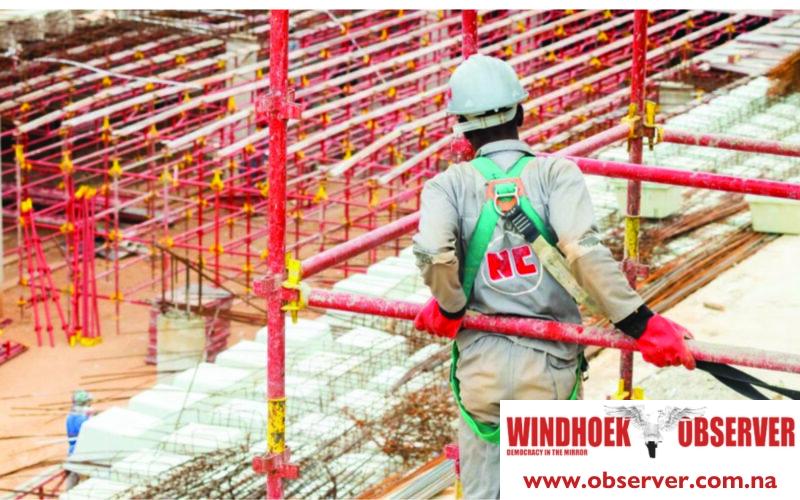Chamwe Kaira
Windhoek’s approved building plans rose by 28.4% in September, increasing from 176 in August to 226. Swakopmund recorded a smaller rise of 4.9%, with approvals going up from 81 to 85.
Simonis Storm Securities analyst Almandro Jansen said that on an annual basis, Windhoek’s approvals dropped by 15.8%, while Swakopmund’s approvals rose sharply by 91%, from 45 to 85.
“The latter can be attributed to a low base effect. Despite the mixed monthly results, the total number of approvals for both Windhoek and Swakopmund increased by 19% and 30%, respectively, quarter on quarter, during the third quarter of this year compared to last year,” Jansen said.
He added that completed building projects decreased by 14% quarter on quarter compared to the previous quarter.
From January to September, Windhoek averaged 177 approvals per month, while Swakopmund averaged 70.
“The disparity underscores Windhoek’s role as Namibia’s primary urban growth hub. However, Swakopmund’s gradual improvement compared to historical averages signals that the coastal town is emerging as a secondary growth pole, supported by its appeal for residential, commercial, and tourism-linked projects,” he said.
Year-to-date, Windhoek received 1 808 building plan submissions, slightly above the 1,783 recorded over the same period in 2024.
In August, submissions totalled 233, up from 188 in the same month last year. Swakopmund recorded 630 submissions, up from 454 between January and September 2024, showing growing investor interest at the coast.
In Windhoek, the value of approvals fell by 12% month-on-month to N$190 million in September from N$178 million in August.
“Although approvals slowed in number, the higher project values point to a shift toward larger-scale developments. Cumulatively, approvals in 2025 have reached N$2.3 billion year-to-date, nearly double the N$1.6 billion recorded in the same period of 2024. This indicates that, despite recent moderation, strong investment commitments were already secured earlier in the year, particularly in commercial and mixed-use projects,” Jansen said.
In Swakopmund, the total value of approvals declined to N$95 million in September, down 6.83% from N$102 million in August.
The year-to-date total stands at N$658 million, well below the N$2.5 billion recorded in 2024.
“However, last year’s figure was inflated by a handful of large once-off projects. The 2025 trend suggests a more normalised development pipeline, with activity spread across smaller-scale residential and commercial projects,” Jansen said.
He added that the 25-basis-point interest rate cut by the Bank of Namibia is expected to give a small boost to construction and real estate investment through lower borrowing costs and better credit affordability.
“While cheaper credit offers some relief, structural headwinds persist. Elevated construction input costs, notably for cement, steel, and imported materials, continue to compress margins and deter large-scale investments. Moreover, business confidence remains fragile, constrained by global uncertainty, weak disposable income growth, and delayed public-sector infrastructure rollout. As such, the near-term recovery is likely to remain selective and incremental, with alterations, extensions, and mid-income housing projects driving activity rather than major commercial or industrial developments,” Jansen said.
Caption
Construction activities have increased in Windhoek
- Photo: Namibia Construction




